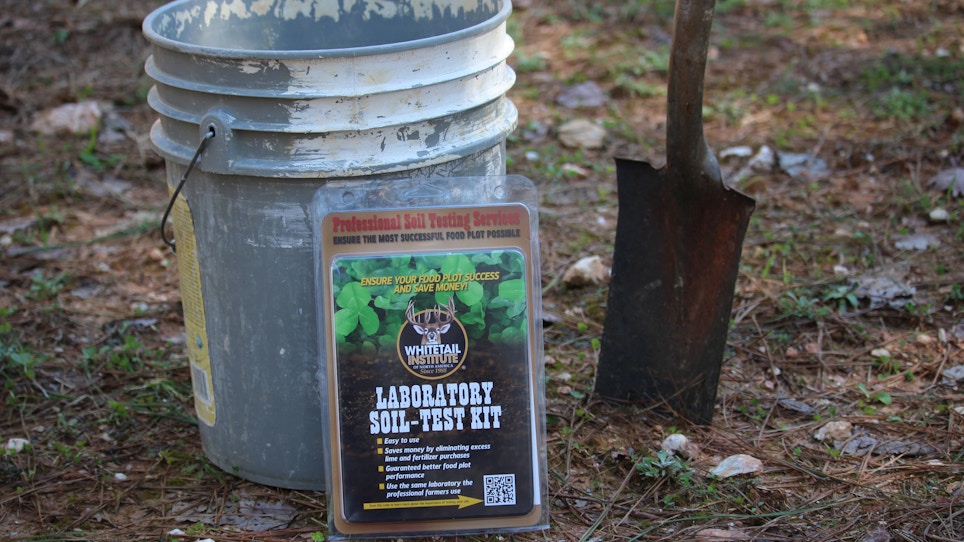Deer season is over, turkey season doesn't start for another month or more and you typically don't start messing with food plot chores until August at the earliest, what can you possibly be doing now to ensure you have better food plots next fall? Pull soil samples now for food plot readiness!
February, or March and April for those that live in the North where the ground is still frozen, is the ideal time to head to the hunt club or family farm and take soil samples from all of your food plots. Farmers are pulling soil samples now, shouldn't that tell you something? Even if you don't plant summer food plots, now is the time to get the analysis back from your soil samples so that you can add lime if needed.
Related: Lime, PH levels and 8 steps to build a backyard food plot
Agricultural lime takes months to break down in the soil and adjust the pH to the desired level needed for your crops. Finding out in late winter or early spring how much lime you'll need, gives you time to buy the lime and spread it or have it spread so that it can start working on your soil throughout the summer months. Then, when late summer rolls around you'll only need to add the recommended amount of fertilizer from the soil test you received back in March, disc the ground and plant your fall crop. You can rest easy that you did everything in your power to ensure a bumper crop, which will attract and hold more deer on your hunting property.
Preparing your soil test kit
At Borrowed Acres, we will be implementing four new perennial clover plots this coming fall. We contacted Whitetail Institute and they sent us professional soil test kits that we used and sent off for analysis. The kit includes the test bag to put the soils in, a sheet where you mark what Whitetail Institute crop you'll be planting (we marked Imperial Clover) and a Priority Mail envelope already addressed to their soil lab.
Simply fill out the bag with your name and address along with the name of the food plot where the soil sample was obtained. Then seal it up in the envelope, slap some postage on it and send it off. Your results can be emailed or mailed back within 24 hours of the lab receiving your samples.
You can also contact your state's USDA cooperative extension to find out how to submit soil samples to their lab.
The cheapest and most valuable investment you can make in your food plot strategy is taking soil samples and following its recommendations — liming in the spring and adding the fertilizer at planting time. Watch as Mark Olis shows you how to properly take a soil sample.






